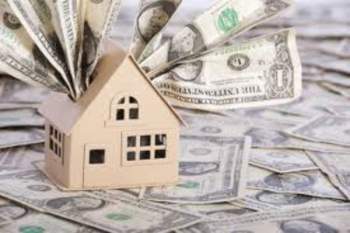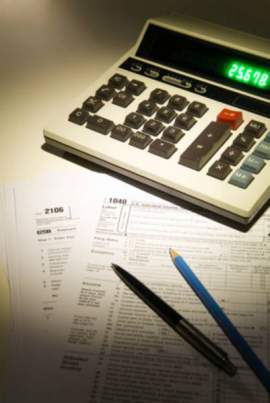
The Freedom of Property Tax Implementation

The local tax system in America is organized extensively between jurisdiction. This individuality allows each community to appropriately implement a cap on real property taxes based on necessity. For instance, if a localities real property taxes are soaring as a result of rising property values, a community has the freedom to institute a specific tax cap based on individual need. Due to the increased real property taxes in the aforementioned situation, citizens of the particular community may experience a significant financial strain. Individuals who pay property tax without a cap are susceptible to drastic rate increases. These increases are not minor considering real property taxes are the main source of revenue for a local government. The rate at which individuals pay property tax is based on the assessment value of the land, the jurisdiction's budget, and economic factors which fluctuate the previous variables. The tax system in the United States extends freedom to towns, counties, and states to implement appropriate caps on real property taxes.
Land owners who are forced to pay property tax do so in congruence to the local
communities budget. Local governments must levy real property taxes to provide
a community with necessary public goods such as:public education, law
enforcement agencies, parks, and infrastructure construction. The revenue obtained
through the issuing of real property taxes pays for such goods. The locality's
budget is vulnerable to market shifts. A budget deficit will occur, if an
economic disaster hit a community, whether it be in the form of numerous
foreclosures, high unemployment rates, or a macro-economic recession. Costs
associated with public services are constant-schools, parks, roads, and law
enforcement agencies need to be maintained properly. When a community is forced
to operate under budget they have one of two options to balance the
deficit:they can cut out specific public services i.e. eliminate school
programs, or they can raise real property taxes. The issue is a double-edged
sword; when the latter is chosen, the individuals within the community lose
disposable income necessary for driving the consumer market. Real property
taxes can also raise proportionately to rising property or assessment values.
When demand for a community's land increases or becomes more desirable the
local government is able to drive up real property taxes. Without the
implementation of a tax cap landowners will suffer from increased rates.
Given the circumstances, the implementation of a property tax cap can be
essential for struggling corporations or small businesses. Mounting real
property taxes also puts a strain on businesses. When a corporation is
experiencing mounting costs they invariably attempt to curb the effect by
limiting production or firing employees. The effects of these cost-cutting
procedures can be crippling to a community. To stabilize employment rates and
production a community can implement a real property tax cap.
The freedom that communities possess in regards to the levying of real property
taxes is necessary to balance the relationship between the rate and the
landowner. Local government's have varying needs; the implementation of a real
property tax cap may be necessary for one community while superfluous for
another. If landowners are pinched by rising rates, if their disposable incomes
fall to unsustainable levels, a community will implement a real property tax
cap. The tax cap will ensure those landowners who pay property tax that their
rates will not increase based on inflation, wages, or a fixed percentage. The
effects of a tax cap will not be immediately tangible, however over the long
run, the institution of a property tax cap will positively affect income,
investment in the state, employment, consumption, and production.



















